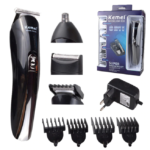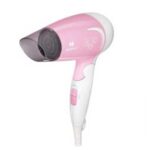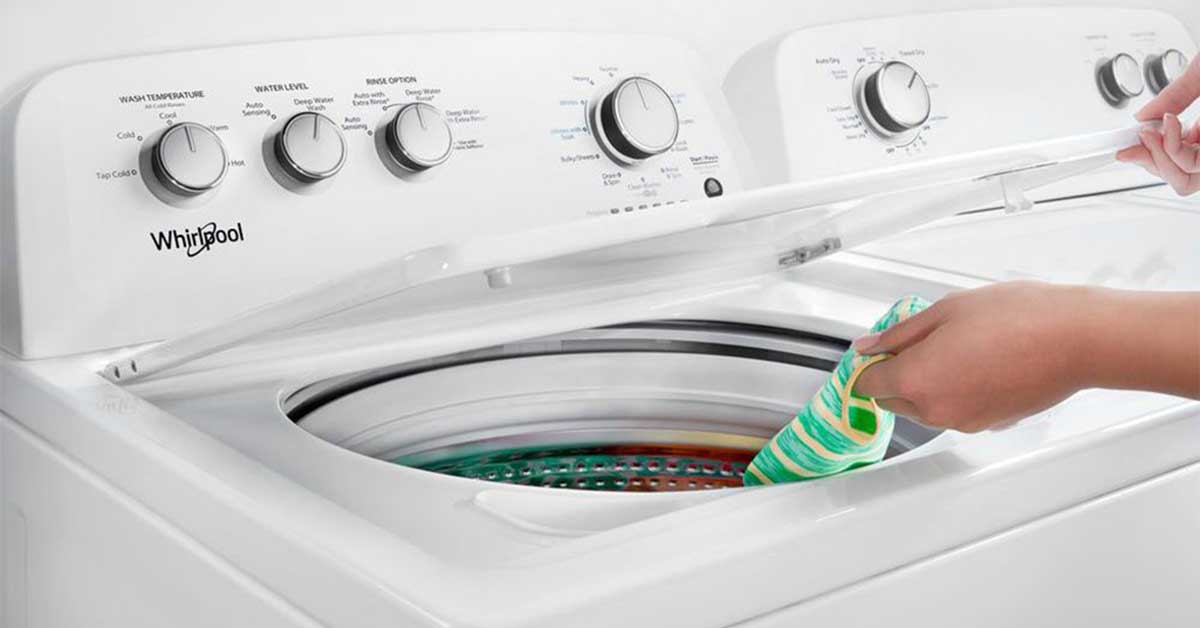A Step-by-Step Guide to Cleaning a Top Load Washing Machine Leave a comment
Introduction
In order to preserve its effectiveness and guarantee that your clothing come out clean and odor-free, you must keep your top-load washing machine clean. Detergent residue, dirt, and grime may build up within the machine over time, causing foul smells and potentially compromising the cleanliness of your clothes. We’ll give you a thorough, step-by-step tutorial on how to efficiently clean your top load washing machine in this post. These easy actions can help you maintain the greatest possible machine performance and keep your garments looking their best.
1. Recognising the Value of Washing Your Top-Loading Machine
Regularly cleaning your top load washing machine provides a number of advantages. First off, it aids in removing accumulated mineral deposits, detergent residue, and grime that might form over time. In addition to producing unpleasant odours, this accumulation may reduce your machine’s performance and lessen the effectiveness with which your clothing are cleaned. Additionally, a clean machine guarantees that your laundry remains uncontaminated, colourful, and fresh.
2. Acquiring the Required Materials
The following materials should be gathered before you start cleaning:
Baking soda, distilled white vinegar, a soft-bristle brush, a microfiber towel, and a mild detergent
• A lint-free, spotless cloth
It will be easier and more productive to clean if these materials are readily accessible.
3. Keeping the Machine’s Exterior Clean
Your top-load washing machine’s exterior should be thoroughly cleaned first. Wipe off the surface with a microfiber cloth soaked with a little detergent. Pay close attention to the lid and any control knobs or buttons. To get rid of any soap residue, rinse the towel and clean it again. Finally, dry the outside with a tidy, lint-free towel.
4. Cleaning the Agitator and Drum
Follow these instructions to clean your top-load washing machine’s drum and agitator:
Step 1: Empty the Drum Be sure the drum is empty before cleaning. Take out any lint, clothing, or other junk from the washer.
Perform a Hot Water Cycle Using Vinegar in Step 2: Two cups of distilled white vinegar are added once the drum is filled with hot water. The machine’s lid should be closed, and the wash cycle should finish. The vinegar will assist get rid of any accumulated residue and odours.
Clean the drum and agitator in Step 3 Dip a soft-bristle brush or cloth into a solution of water and mild detergent once the vinegar cycle is finished. Gently scrub the agitator and drum internal surfaces. Pay close attention to tight spaces, nooks, and corners.
Step 4: Rinse the Agitator and Drum After cleaning the drum and agitator, give them a good rinsing with clean water. Any detergent or vinegar residue will be removed in this way.
5. Eliminating Spots and Odours
You may take extra measures to treat stubborn stains or odours in your top-load washing machine:
Removal of Stains Make a paste by combining baking soda and water to remove stains. Apply the paste to the discoloured areas, then wait around 30 minutes before removing it. After that, thoroughly rinse after using a soft-bristle brush to scrape the spots.
Elimination of Odour Repeat the hot water cycle with distilled white vinegar as directed in step 2 to get rid of odours. This will freshen up your machine and assist in removing any remaining odours.
6. Upholding a consistent cleaning schedule
Establishing a regular cleaning programmed is essential to guaranteeing that your top-load washing machine remains clean and odor-free. Aim to clean your machine at least once per month; if you use it regularly or detect any strange odours, clean it more frequently. You may increase the lifetime of your equipment and ward off possible problems by keeping a regular cleaning schedule.
7. Advice for Maximising Performance
Here are a few more pointers for enhancing your top-load washing machine’s performance:
• Use the right quantity of detergent to prevent too much accumulation.
• Keep the lid open in between cycles to let air circulate and stop the formation of mould.
• Regularly clean the detergent dispenser to get rid of any residue.
· Periodically inspect the machine’s hoses for leaks or obstructions.
You may enhance the functionality of your machine and guarantee consistently clean and fresh laundry by using the advice in this article.
Conclusion
Cleaning your top-load washing machine is a quick but important operation that keeps it clean and effective. You may successfully remove dirt, filth, and odours by following the detailed instructions in this article, ensuring that your machine performs at its peak. To get the most out of your top load washing machine’s performance and longevity, remember to develop a regular cleaning programme and use the aforementioned advice.
FAQs
Q1: How often should I clean my top-loading washer?
To avoid filth accumulation and odours, it is advised to clean your top-load washing machine at least once a month. However, more regular cleaning could be required if you use your machine often or detect any strange odours.
Q2: Can I clean with bleach instead of vinegar?
While bleach may be used for cleaning, ongoing maintenance is not advised. If not utilised properly, bleach may be harsh on a machine’s parts and lead to damage. A more secure and efficient alternative is distilled white vinegar.
Q3: Should I keep the machine’s lid open after using it?
Yes, keeping the machine’s lid open after use promotes air flow and inhibits the spread of mould and mildew. If the ventilation in your laundry room is poor, it is particularly crucial.
Q4: What is the best way to clean the detergent dispenser?
If at all feasible, take the detergent dispenser out of the machine and wash it in warm, soapy water to clean it. Scrub away any accumulation or residue with a brush. Before reinstalling, thoroughly rinse.
Q5: Can I use any kind of detergent in my top-loading washer?
It is advised to use a detergent designed especially for top-loading washing machines. These detergents are intended to create less suds and avoid an excessive accumulation of residue.












